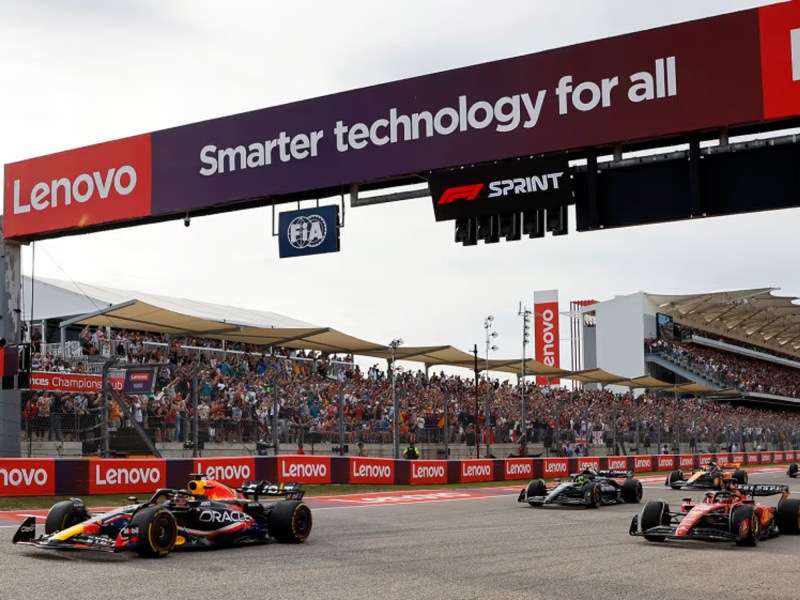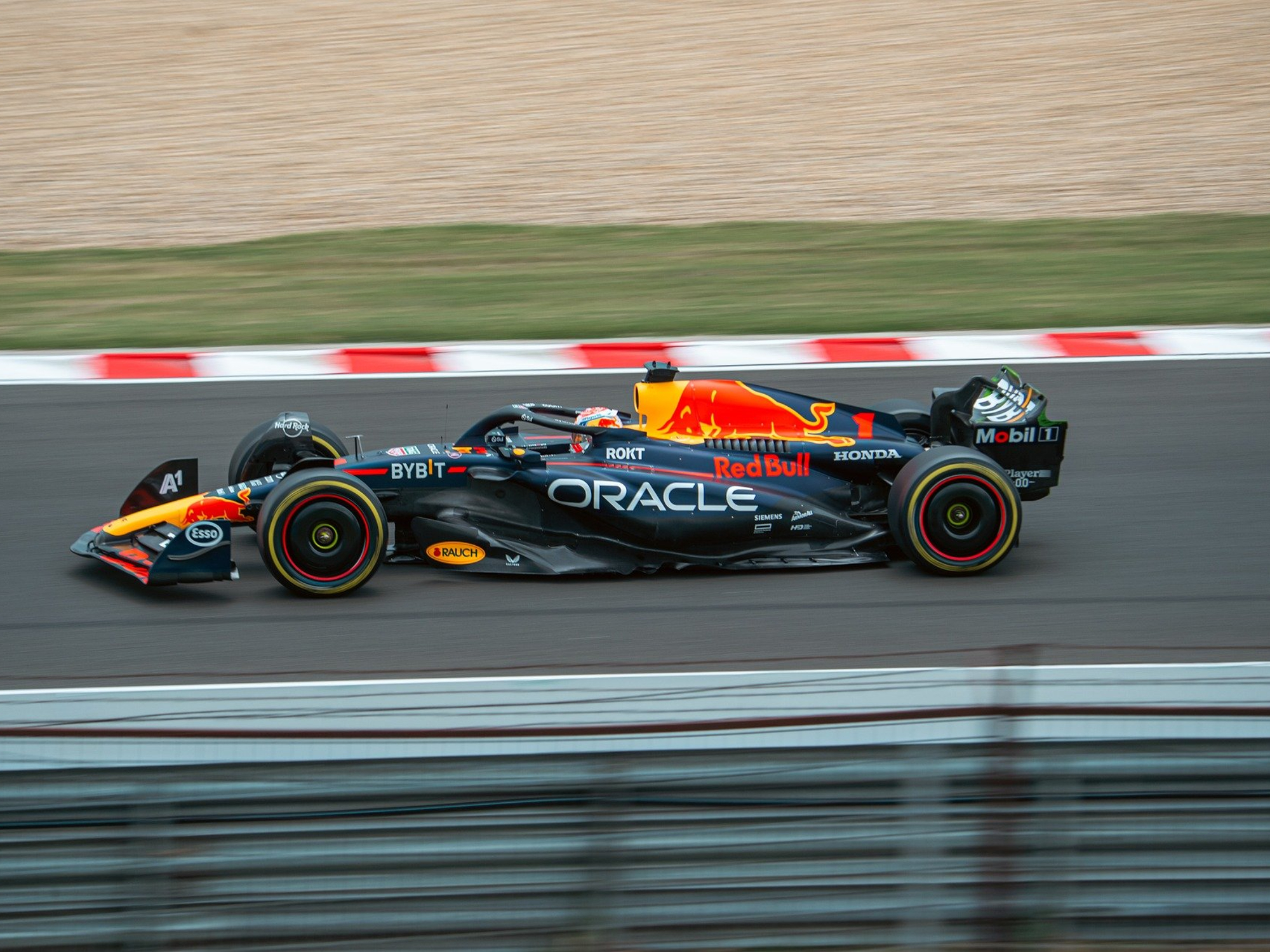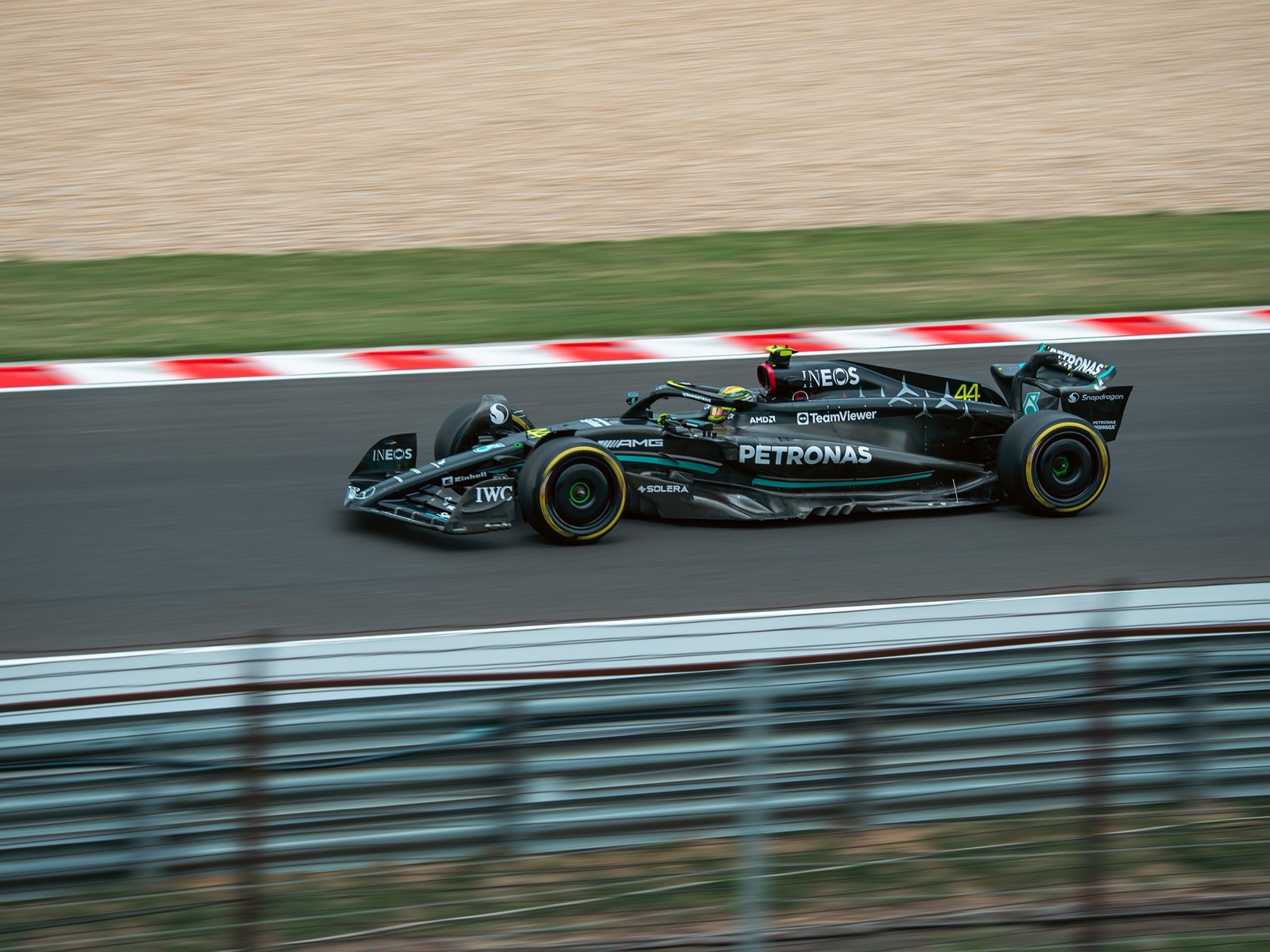
In the three-day schedule of F1 Grand Prix events, the qualifying session is second in importance only to the Grand Prix itself. Even in the limited number of Grand Prix events that include F1 Sprint races, you can strongly argue that the qualifying event for the traditional race is more important. The FIA F1 Sporting Regulations specify the rules and operations of F1 qualifying.
Why Formula 1 qualifying matters

F1 qualifying is about winning the best possible Grand Prix starting grid position. Every driver’s goal is to win the first position, also called the pole position. Since the beginning of Formula 1 racing, the driver in the pole position has won the race more than 40% of the time.
Every position closer to the beginning of the starting lineup is better than the position one step back. Overtaking the car in front of you is usually difficult, especially on tight race tracks such as the Monaco Grand Prix. However, the advantages of being in the pole position are unique because there’s no one in front of you.
How F1 qualifying works

F1 Grand Prix qualifying is broken into three sessions, referred to as Q1, Q2, and Q3. The sessions aren’t races but times for drivers to drive their fastest lap possible. The three sessions and the two breaks between sessions are timed precisely. The qualifying process takes 60 minutes.
Here’s how qualifying runs:
- Q1 – All 20 race cars enter the track and have 18 minutes to record their best time. At the end of the 18 minutes, the times for the slowest five cars are recorded, determining their placement in positions 16 to 20 in the Grand Prix. Those five cars are eliminated from qualifying and do not participate in Q2 and Q3. The times for the fastest 15 cars in Q1 are deleted.
- A seven-minute break.
- Q2 – The 15 fastest cars from Q1 have 15 minutes to record their best lap time on the track. At the end of the 15 minutes, the times for the five slowest cars are recorded, determining their placement in positions 11 to 15 in the Grand Prix. Those five cars are eliminated from qualifying and do not participate in Q3. The times for the fastest 10 cars are deleted.
- A seven-minute break.
- Q3 – The 10 fastest cars from Q2 have 12 minutes to record their best lap time on the track. At the end of the 12 minutes, the times for the ten cars in Q3 are recorded, determining their placement in positions 1 to 10 in the Grand Prix.
The 60-minute qualifying event determines the 20 positions in the Grand Prix, although there are several exceptions and special conditions. For example, if two cars in one of the Q1, Q2, or Q3 sessions record identical times, the first car to do so will have precedence for race starting grid position.
The unique advantages of the pole position

The first position in a Grand Prix has more advantages than starting the race as the leader. Because you’re the first car, no one is ahead of you. That statement may seem overly simplistic, but consider the special advantages of the pole position.
With an empty track in front, you can focus on your line and your car’s performance without distraction from the race cars ahead. Air turbulence caused by the aerodynamics of other
Of course, when you’re in front of 19 other cars, 19 other drivers want to pass you, but they’re not all lined up. You only need to focus on the closest competitor. You win the race if you use your defensive skills to stay ahead of the car in second place.



